Twenty years ago Mrs. Mary Andersen spent her honeymoon ice-fishing and has spent every anniversary since then on the ice and fishing with her husband.
Before Mrs. Andersen got married, she had never ice-fished before. However, after her wedding day, it became a tradition. “When I met my husband, it was his passion. I was hooked after trying it for the first time, no pun intended,” said Mrs. Andersen.
Mrs. Andersen and her husband go ice-fishing as soon as the lakes are completely frozen. “The first time in the winter that we go ice fishing is on our anniversary, December 29 because by then the lakes are fully frozen. After that we go about two to three times a month during January, February, and March,” said Mrs. Andersen.
There are only a few things that you need to do to get ready to ice-fish. “The whole process takes about a half hour. First we drill a hole, then we set up our portable house; after that’s up we set up the heaters, and then we can fish,” said Mrs. Andersen.
Many ice-fishers don’t have houses that can be taken down and put back up anywhere, unlike Mrs. Andersen and her husband. “Our house is constantly portable. It’s eight feet by eight feet, and then it’s seven feet tall, with a wood floor. It fits me, my husband, and our two labs,” said Mrs. Andersen.
When Mrs. Andersen and her husband go ice-fishing, it is rarely around the Twin Cities area. Driving many hours to ice-fish is worth it to them. “We usually leave on a Friday after work and then come home on a Sunday evening. It doesn’t bother me to drive four or five hours to fish for a weekend because you just fish the entire time,” said Mrs. Andersen.
Certain lakes put restraints on the amount of fish that you can keep from their lake because it helps maintain the species. “We’re happy to come home with four walleyes. Each lake has a slot which tells you the certain size of fish that you can keep,” said Mrs. Andersen.

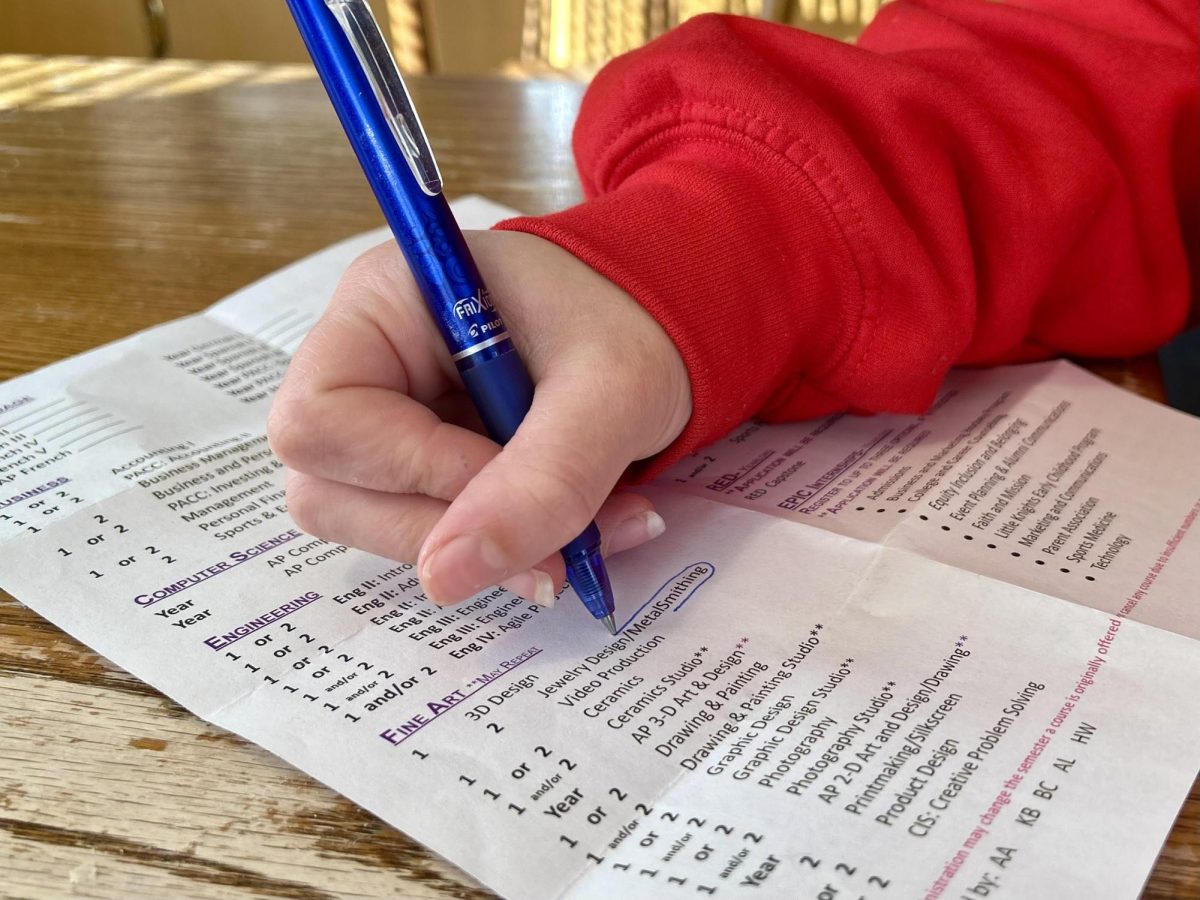
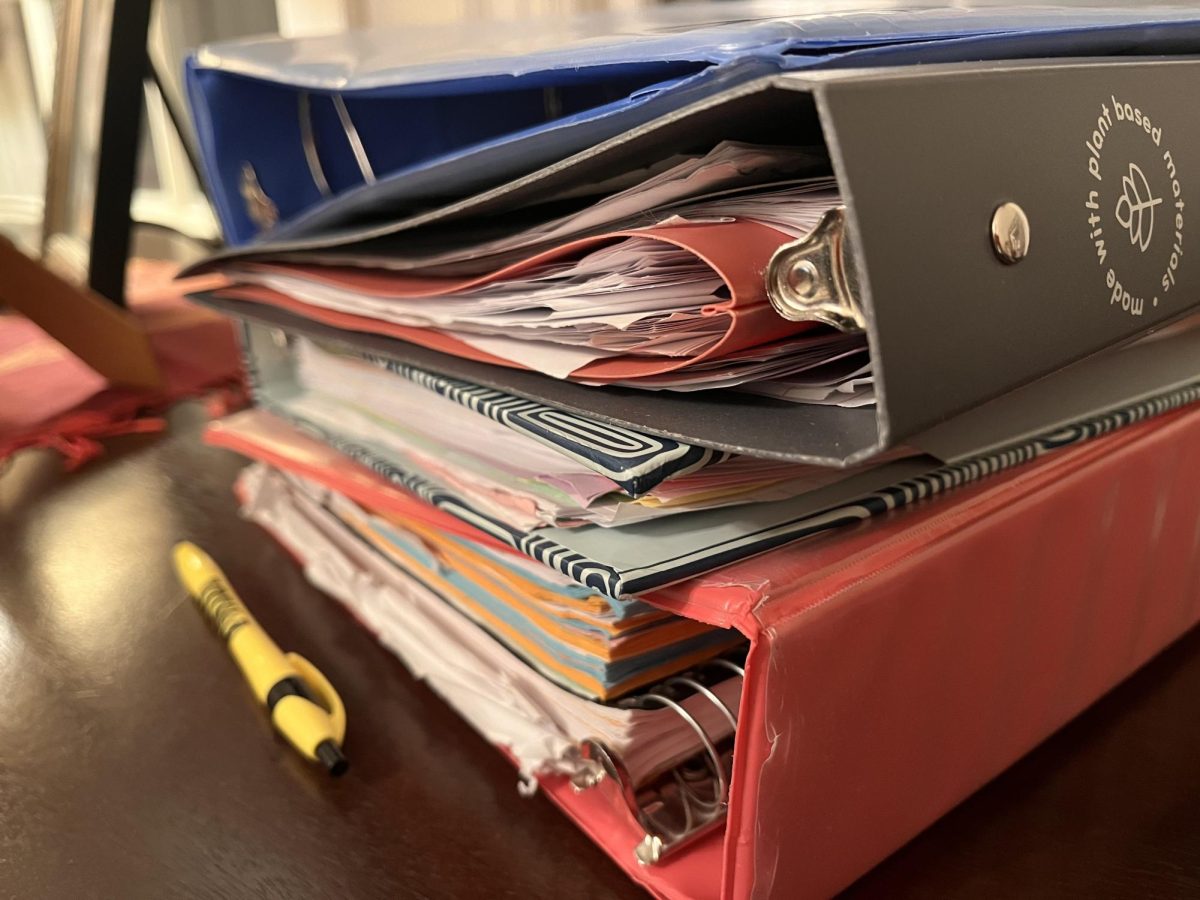


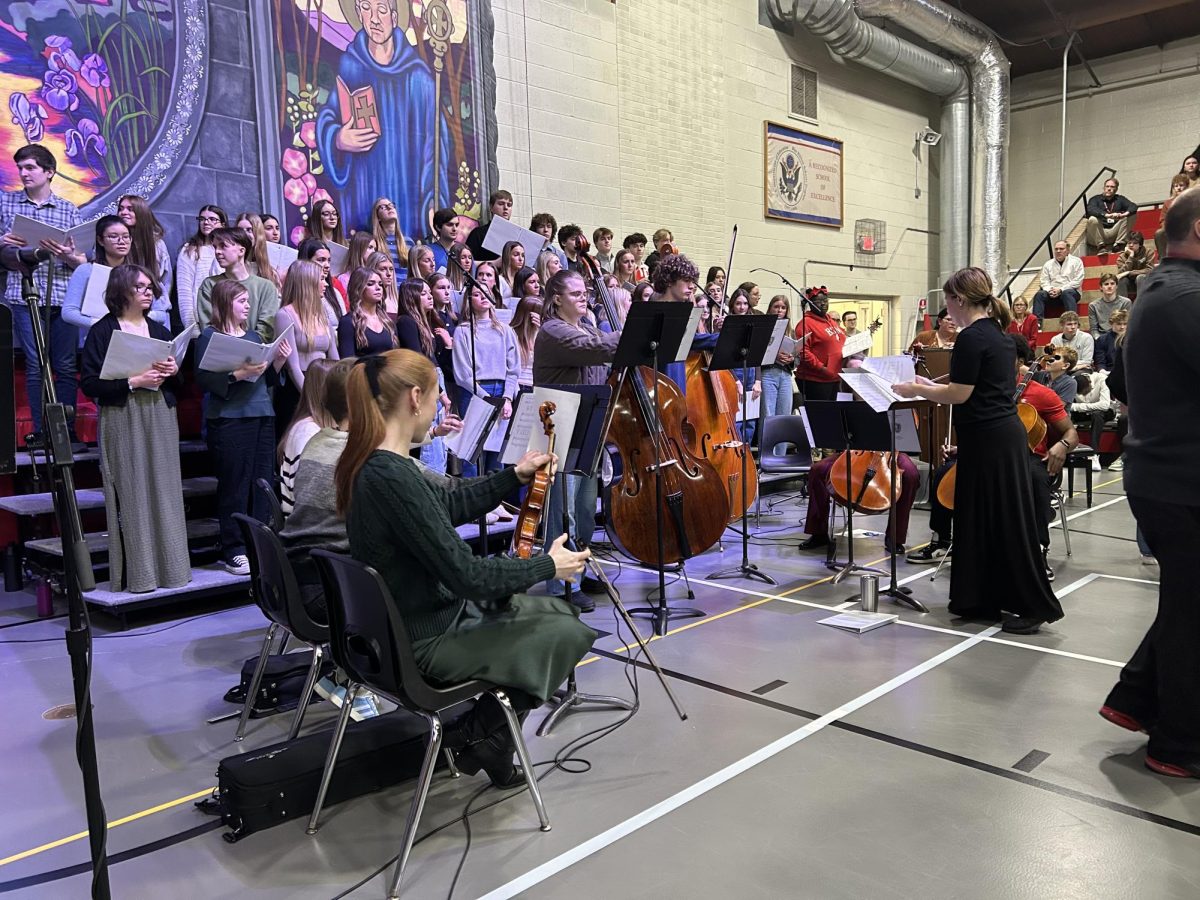
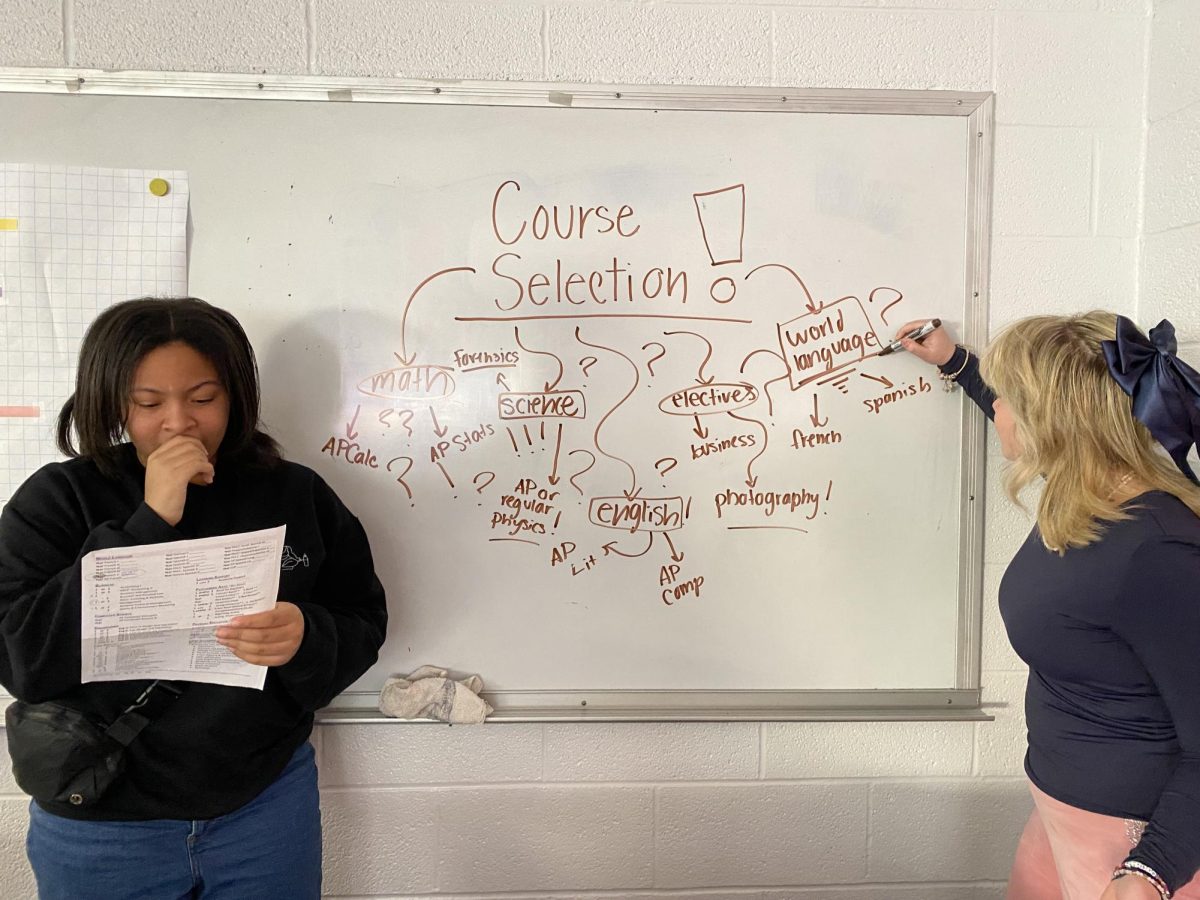
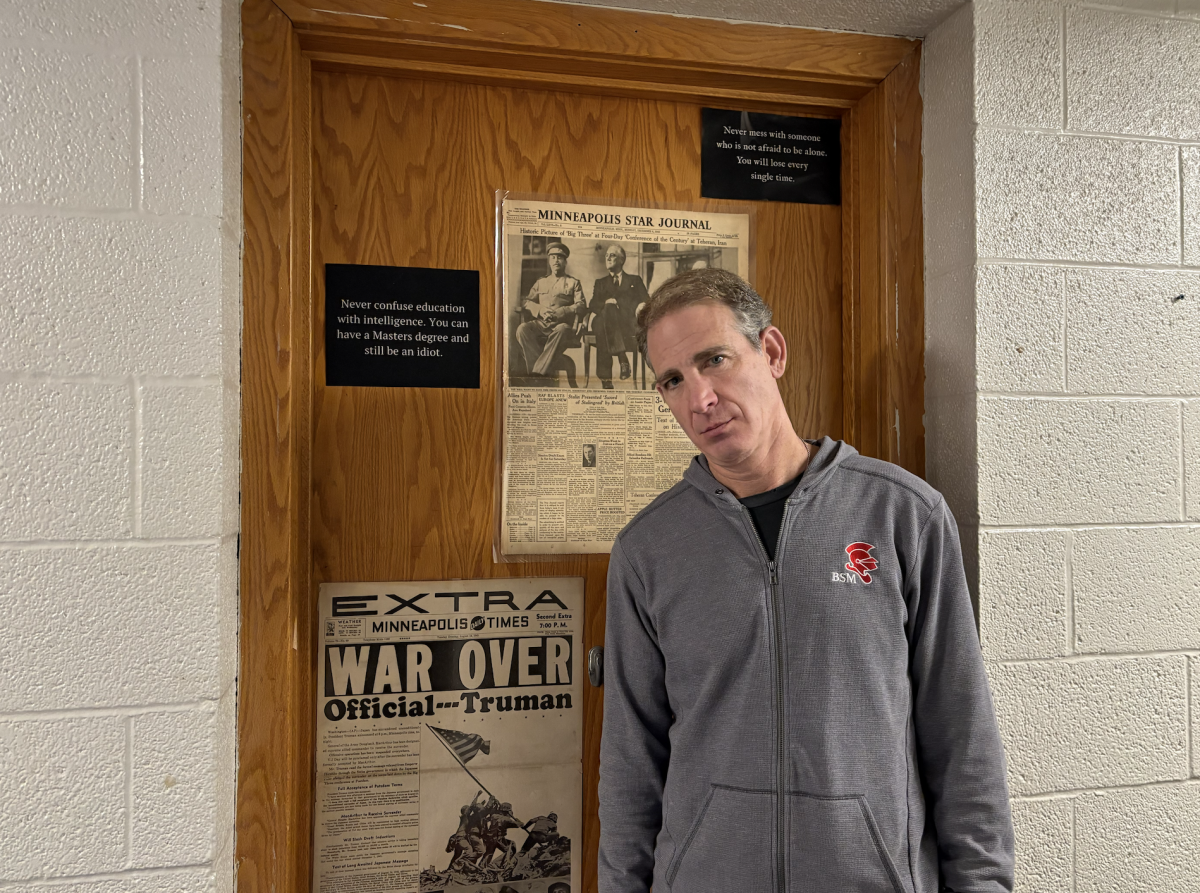

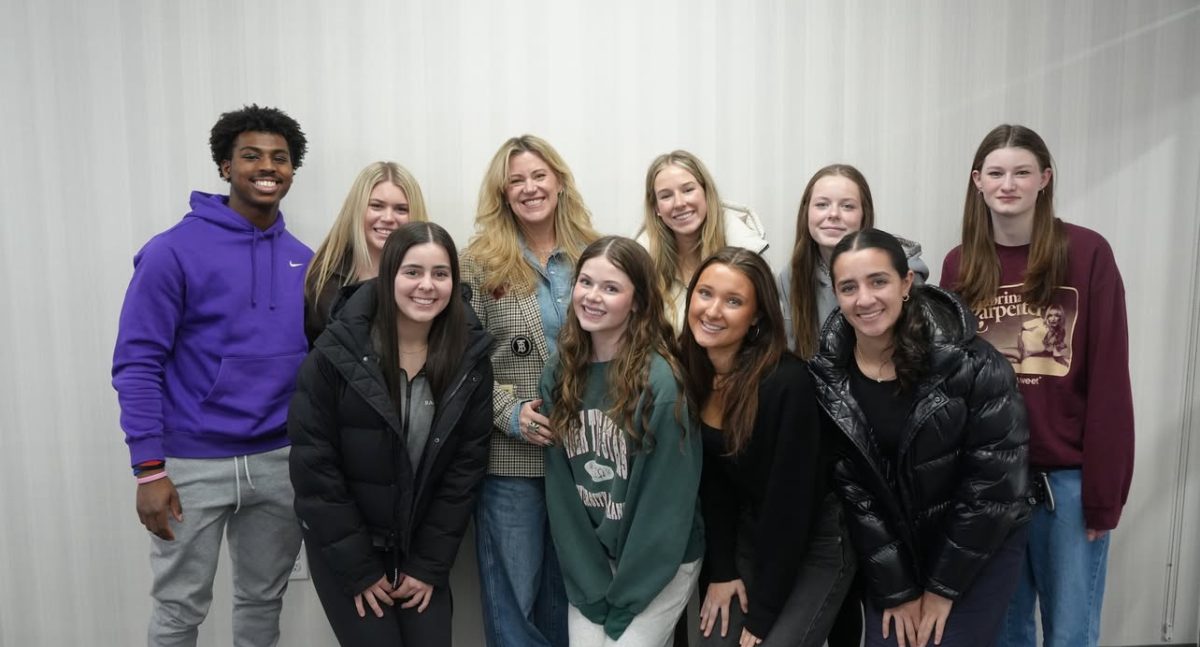



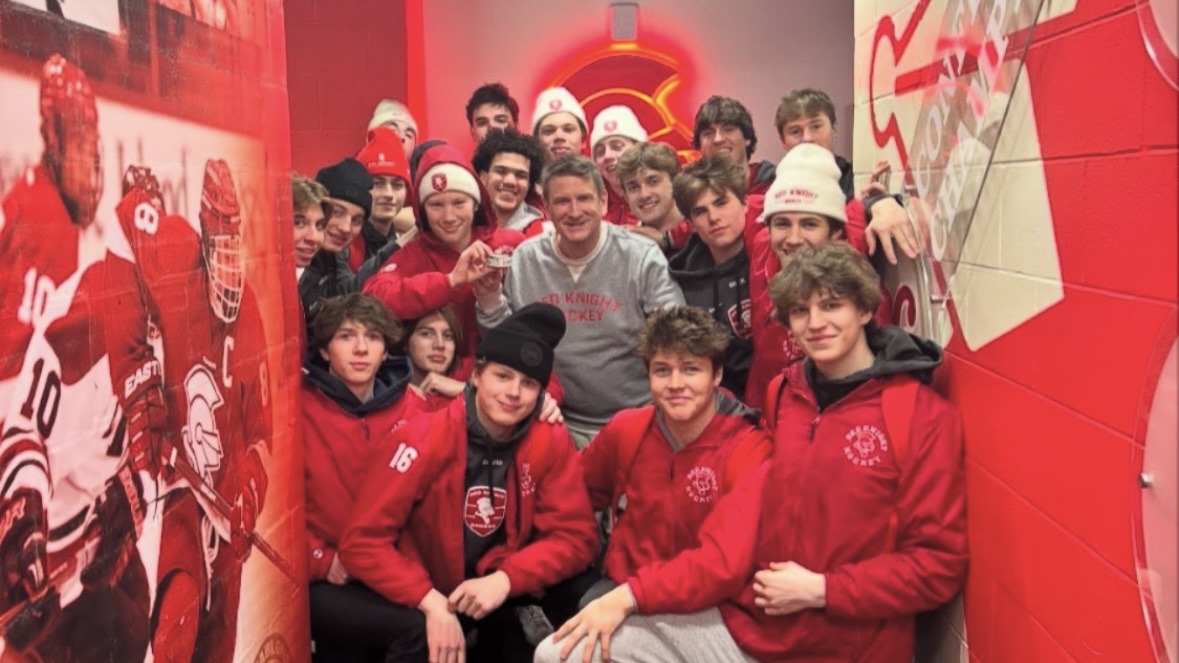
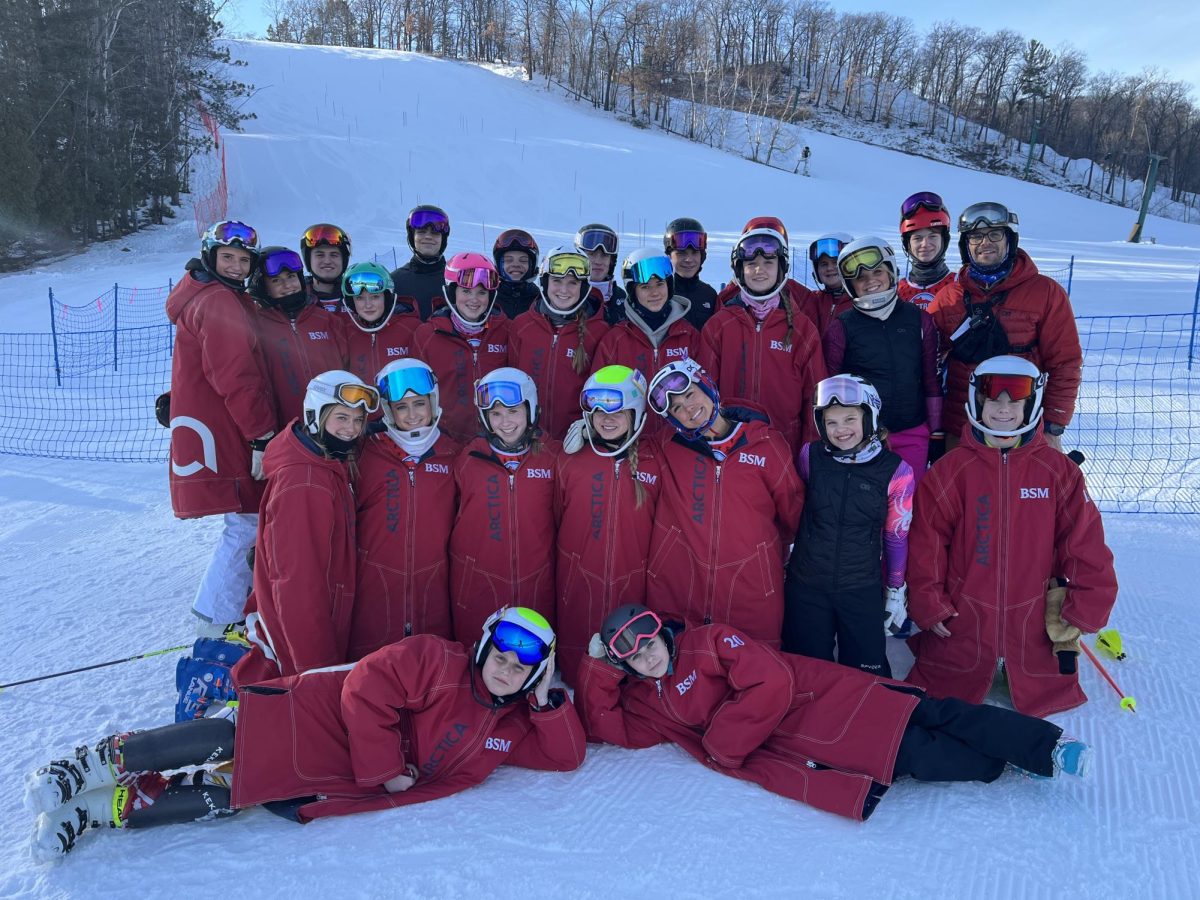
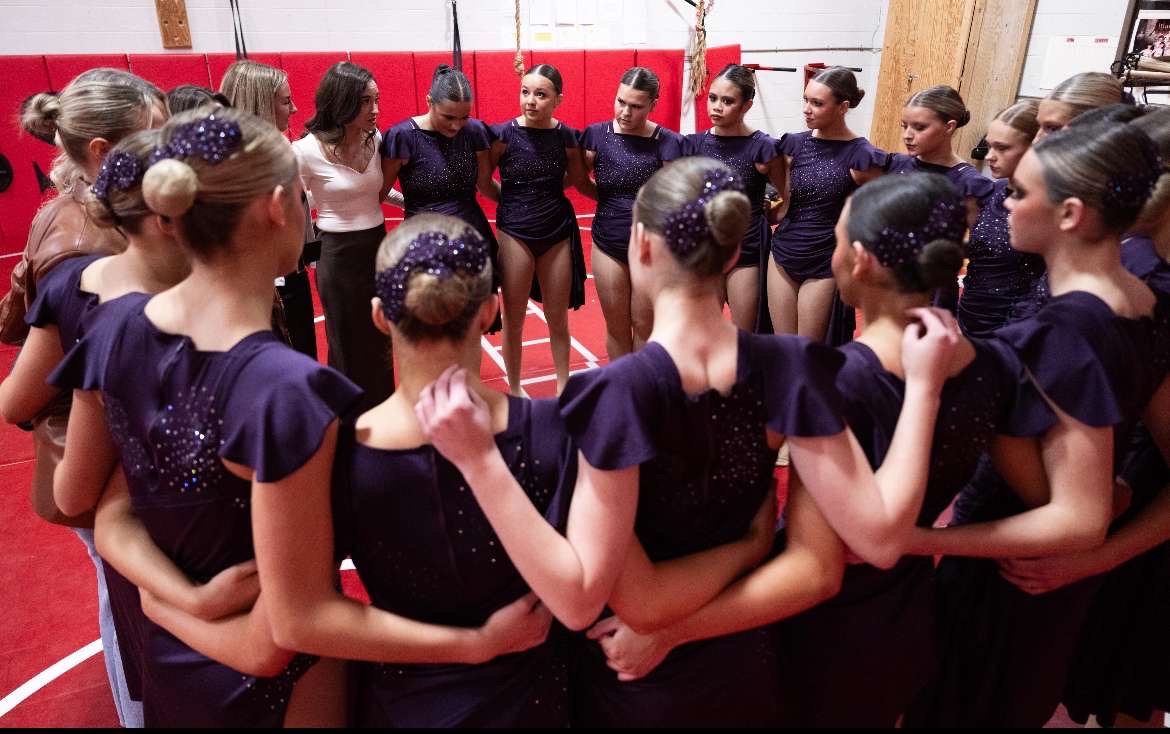

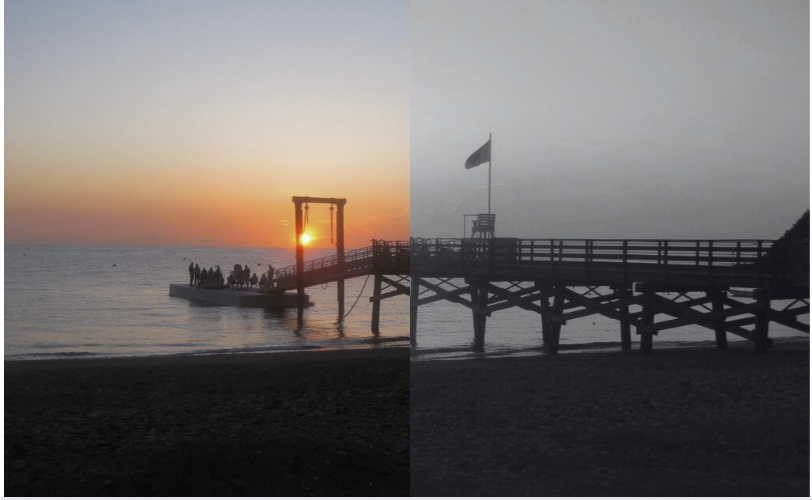

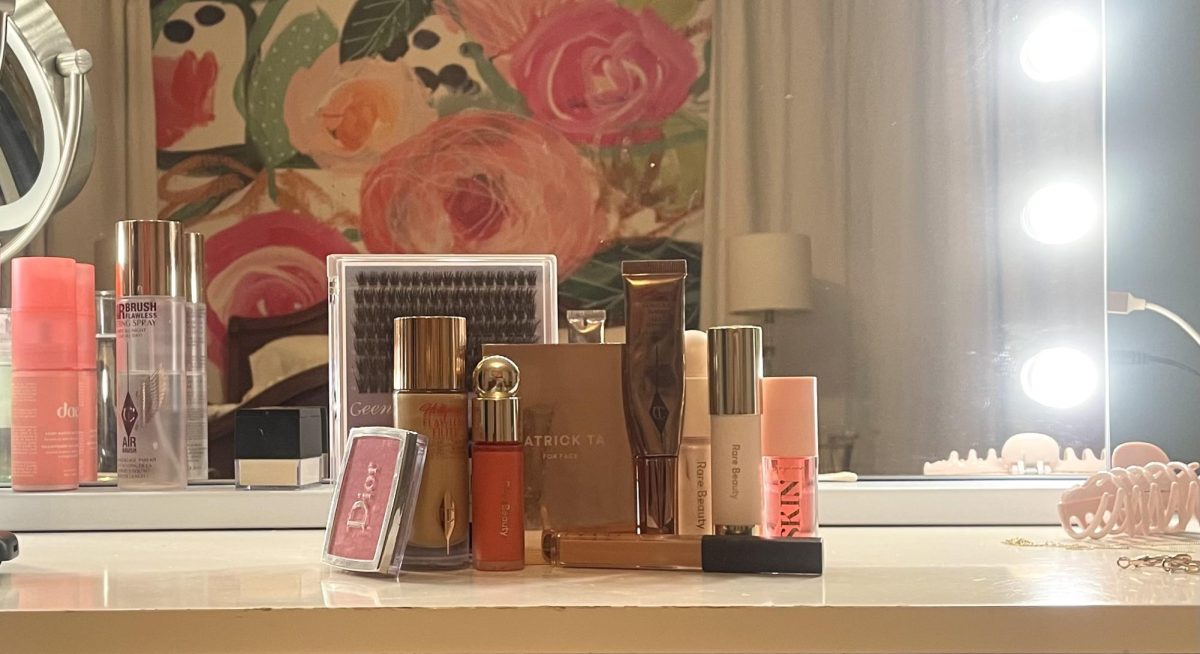



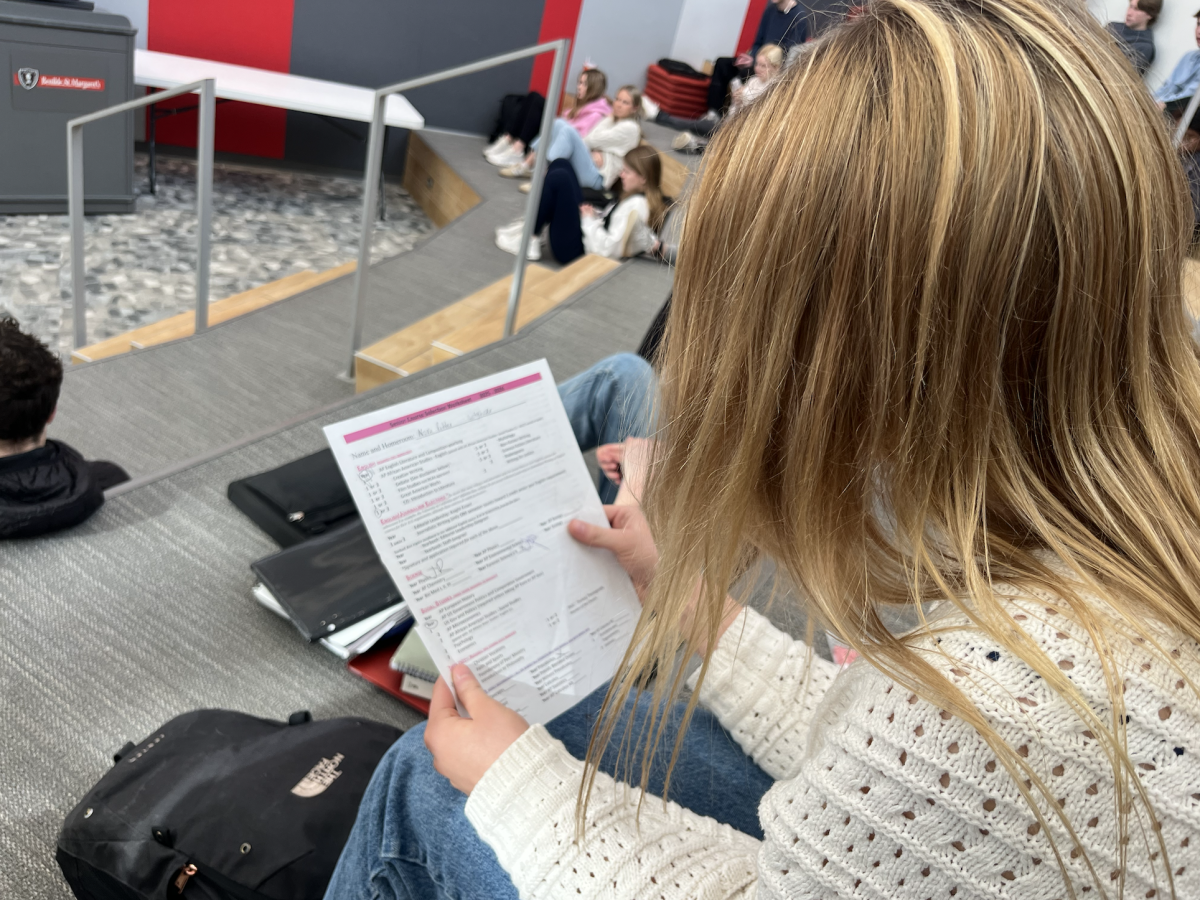
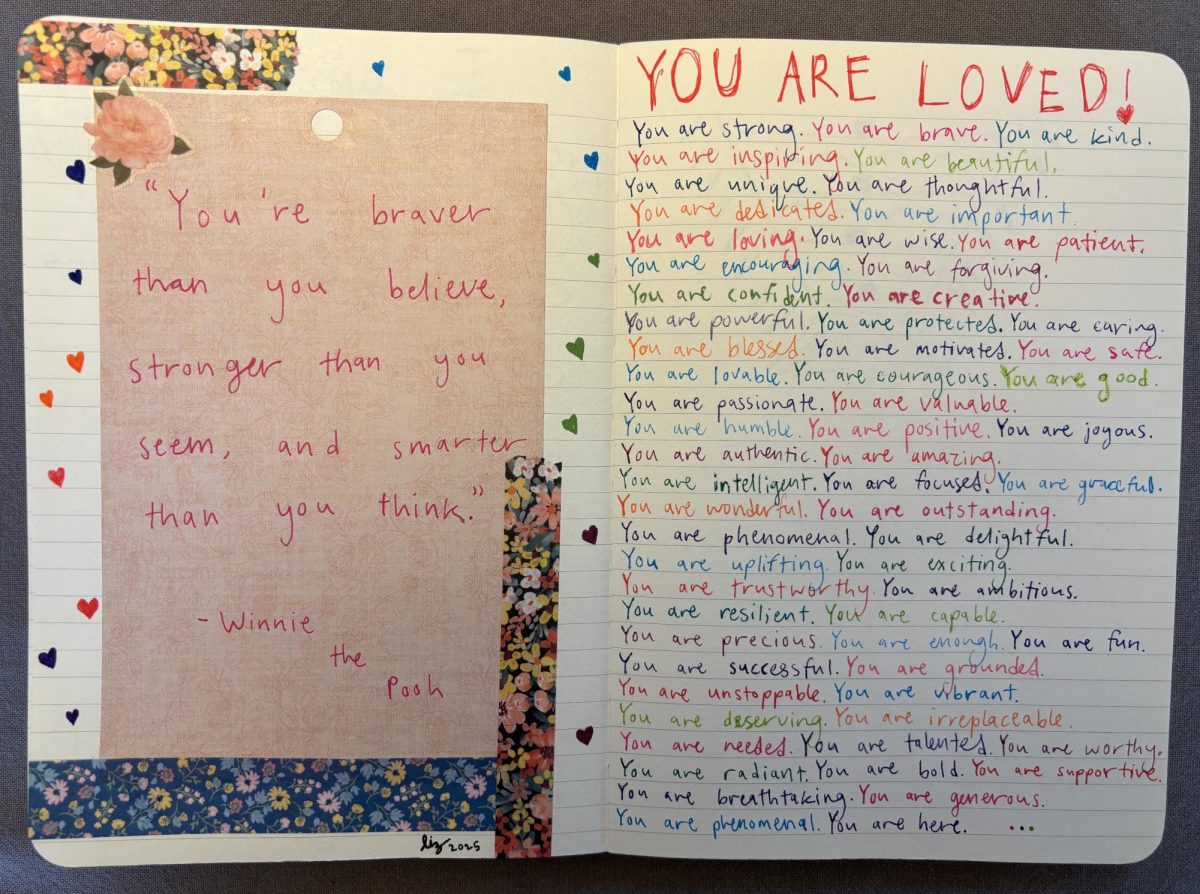
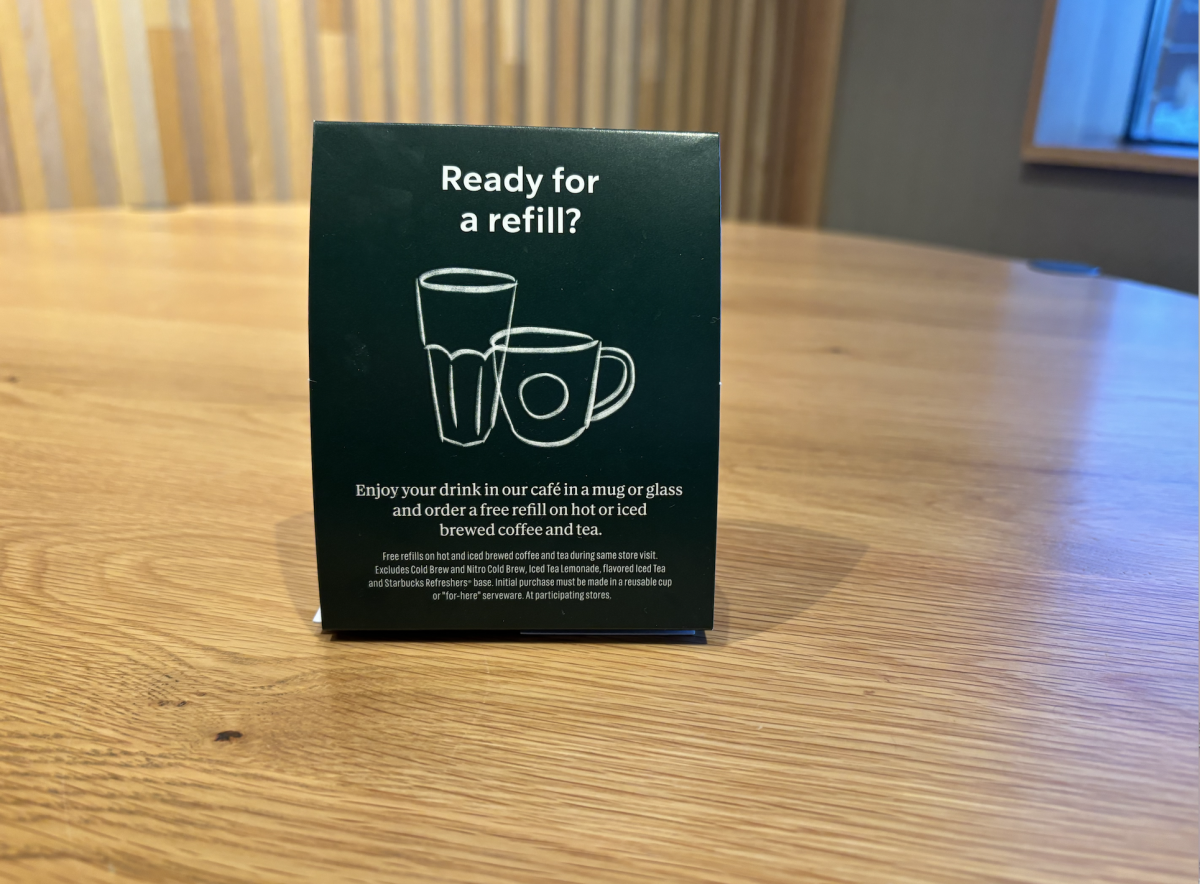










![Teacher Lore: Mr. Henderson [Podcast]](https://bsmknighterrant.org/wp-content/uploads/2025/03/teacherlorelogo-1200x685.png)





